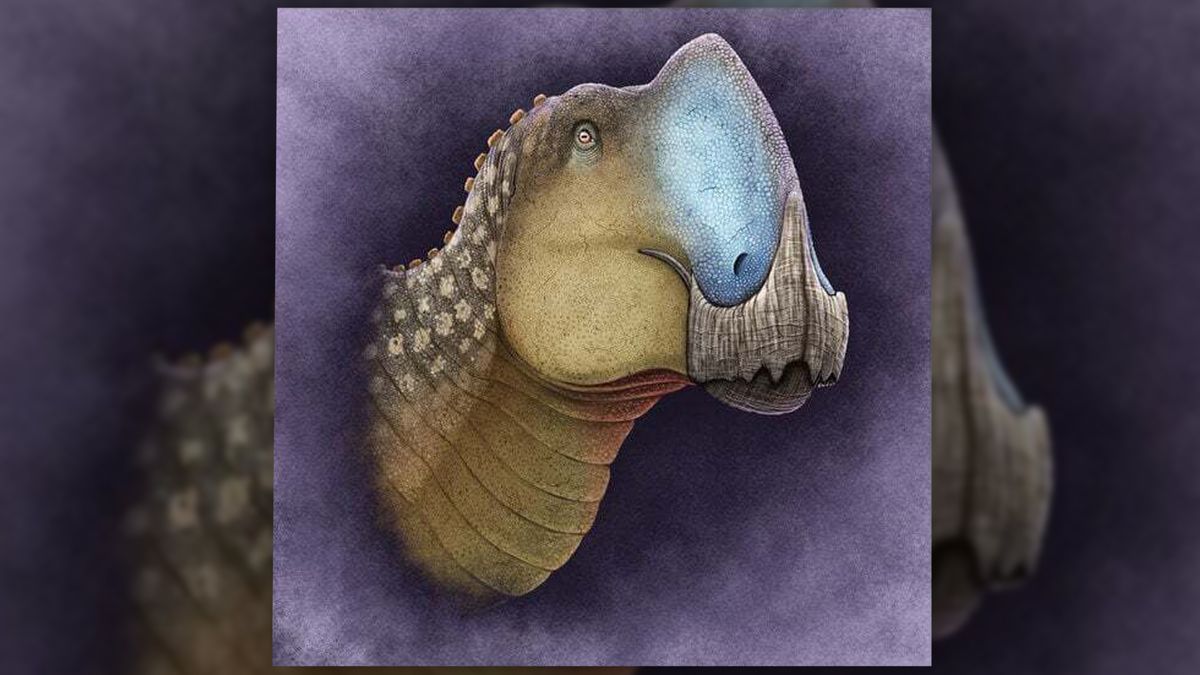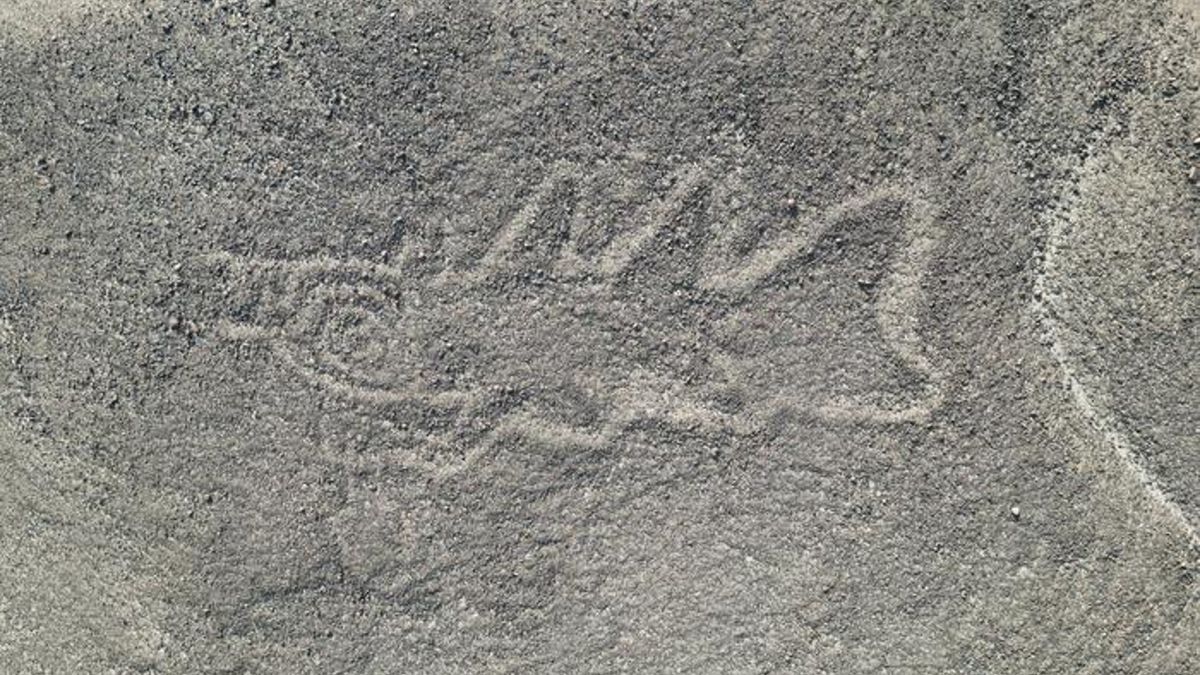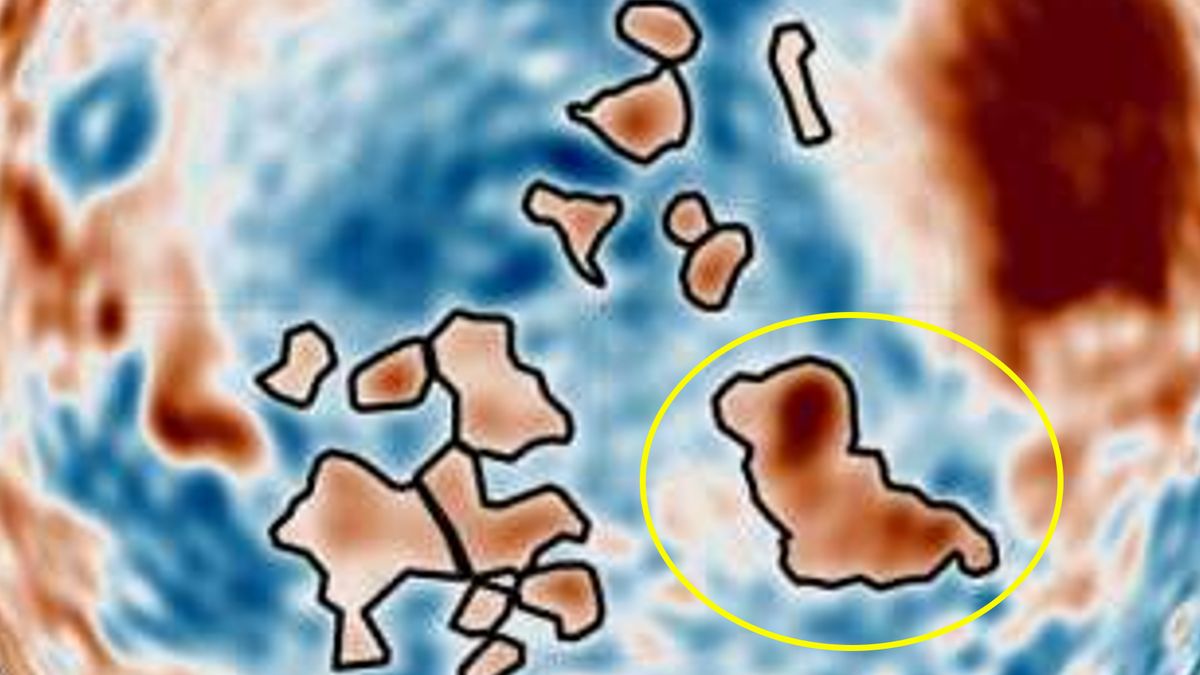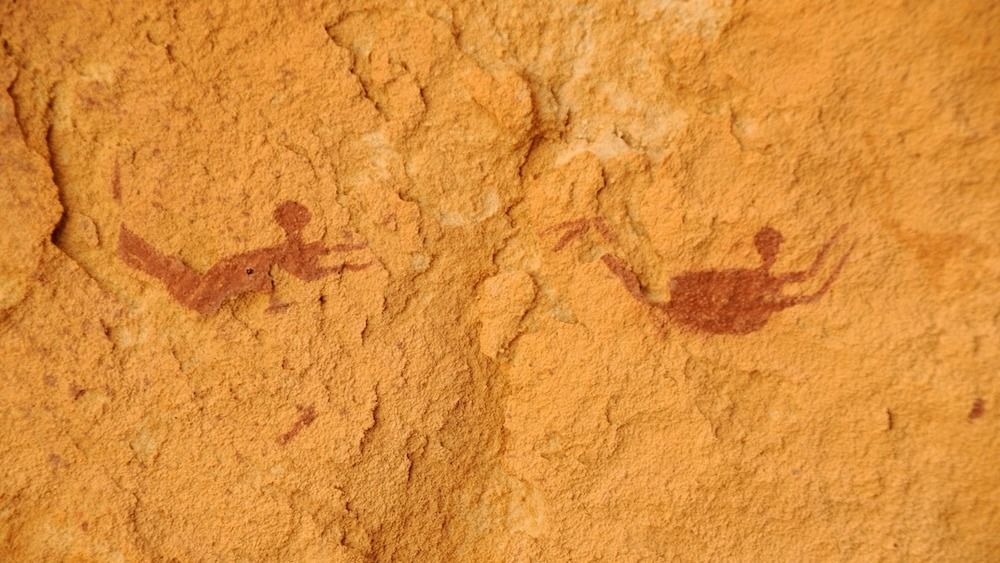A newly described duck-billed dinosaur unearthed in Mexico has an epic schnoz to rival that of Yoshi from Super Mario World.
The dino, named Coahuilasaurus lipani after the region where it was found and the Lipani Apache tribe that lives there, also has unique tooth-like spikes jutting from the roof of its mouth. These spikes that may have been used to eat rough and woody plants in tropical forests 73 million years ago.
Paleontologists first unearthed the partial skull of C. lipani in the 1980s in the Parras Basin but previously described it as another genus. In the new study, published Sept. 1 in the journal Diversity, researchers took a second look at the fossil, which had been housed in the collections at the National Autonomous University of Mexico since its discovery. Newer analysis techniques allowed them to reclassify the fossil. Claudia Serrano, lead author of the study and paleontologist at Benemérita Escuela Normal de Coahuila, was present during the first description of the specimen in 2006. “When we started working on the material again, we decided ‘no, this is different,'” Serrano told Live Science. “We have become much better at describing these things.”
Related: Rare fossils reveal basketball-like skin on duck-billed dinosaur
While the partial skull consists only of the dinosaur’s snout, this section of the skull is useful in identifying the differences between species, similar to how a bird’s beak can reveal a lot about the bird as a whole. The sharp angle of the dinosaur’s snout was key to differentiating C. lipani from other species. The scientists also found the distinct tooth-like protrusions projecting from the roof of the mouth, which hadn’t been emphasized in the previous analysis.
These protrusions may mean that C. lipani was specialized to eat tough plants like palms that flourished in the tropical conditions of the late Cretaceous period when the big-nosed dino lived, around 73 million years ago. Duck-billed dinosaurs, also known as the “cows of the Cretaceous,” would have roamed the forests of Mexico at a time when sea levels were higher and temperatures were warmer, according to a statement. Serrano estimates they would have been around 26 feet (8 meters) long, or about the size of two sedans.
This discovery adds to a growing list of dinosaurs that are unique to Mexico, Serrano said. Discoveries like that of C. lipani and other Mexico-specific species have started to overthrow the assumption that dinosaur species were wide-ranging, the study authors wrote in their paper. Large animals usually have large ranges — that goes for the bison that used to roam from Canada down to Mexico. But instead, individual dinosaur species appear to have had relatively small ranges. Differences in climate, geographical barriers, or perhaps something about the way dinosaurs reproduce may have contributed to their small ranges, but paleontologists still don’t quite understand why they stuck to one area, Serrano noted.















